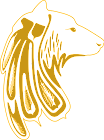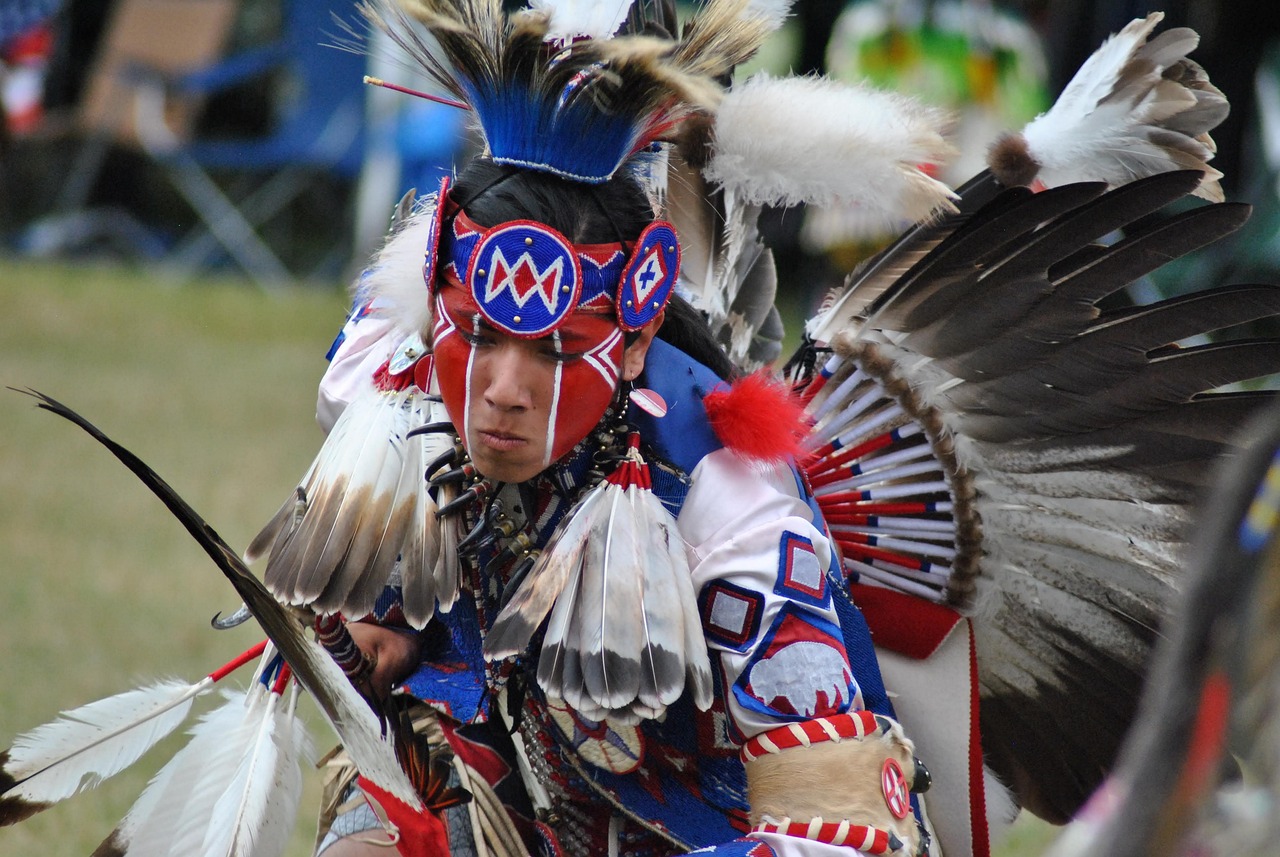Powwows are among the most well-known cultural events of the Indigenous peoples of North America. They are far more than colorful gatherings with music, dance, and traditional clothing – they are an expression of identity, spirituality, and community. Anyone attending a Powwow immerses themselves in a centuries-old tradition that remains alive to this day.
Origins of the Powwows
The term Powwow originally comes from the language of the Narragansett, a people from the East Coast of North America, and originally meant “spiritual gathering” or “sacred act.”
Over time, the term evolved and was adopted by various Indigenous communities.
Powwows originally served as healing ceremonies, where dances, songs, and rituals played a vital role. They were places where community members strengthened their connection to the ancestors, to nature, and to spiritual forces.
Ban and Revival
During colonization and later in the era of forced assimilation, Powwows were often banned by authorities in the United States and Canada. Governments attempted to suppress the traditional ways of life and spiritual practices of Indigenous peoples.
Despite these restrictions, ceremonies continued in secret. With the Indigenous civil rights movement of the 20th century, Powwows experienced a powerful revival. Today, they stand as a strong symbol of survival, cultural self-determination, and resistance against the erasure of Indigenous identity.
Elements of a Powwow
A Powwow is a colorful blend of dance, music, craftsmanship, and spirituality. Some of the key elements include:
- Drum – considered the heartbeat of the Earth, accompanying the dances.
- Dances – ranging from traditional war dances to modern Fancy Dances.
- Regalia – intricately crafted clothing with feathers, beadwork, and symbols.
- Singing – often performed in the traditional languages of the peoples.
- Gatherings – times when families and communities come together to share their culture.
Powwows Today
Today, Powwows are held regularly across the United States and Canada and are open to visitors of all backgrounds. They are cultural festivals but also spiritual ceremonies, where respect and mindfulness are paramount.
Many Indigenous artists use Powwows to showcase their craftsmanship – such as beadwork, leather art, or jewelry. They are also important spaces for passing traditions on to the younger generation.
Significance for Indigenous Identity
Powwows today are a living expression of Indigenous culture. They demonstrate that ancient traditions have not only survived but continue to grow and evolve. They are a bridge between past and present and a reminder that culture is not static, but an ongoing process.
👉 Conclusion: The history of Powwows in North America is a history of resistance, survival, and cultural strength. They are far more than festivals – they are spiritual celebrations, places of learning, and symbols of the vitality of Indigenous cultures.

